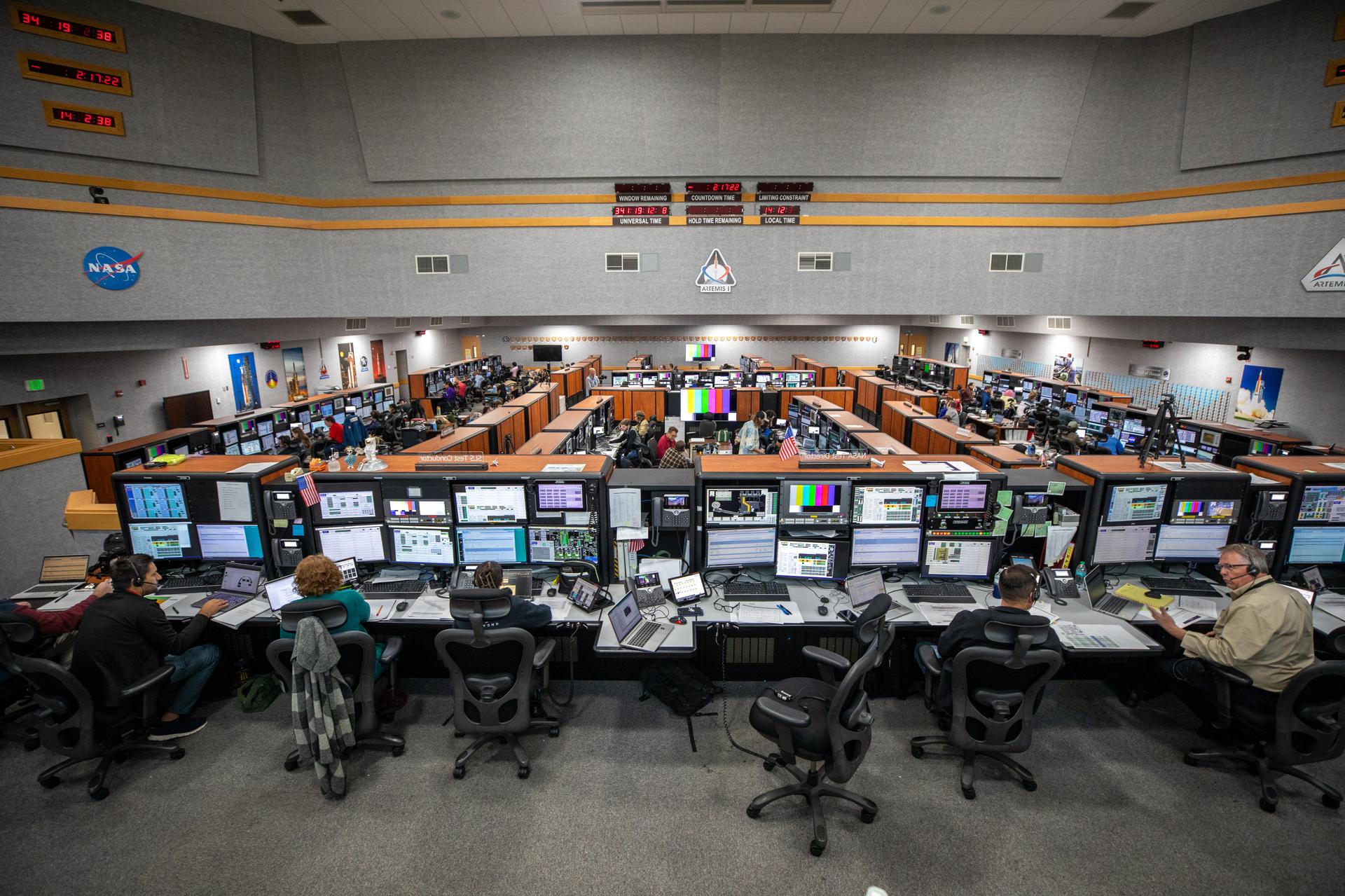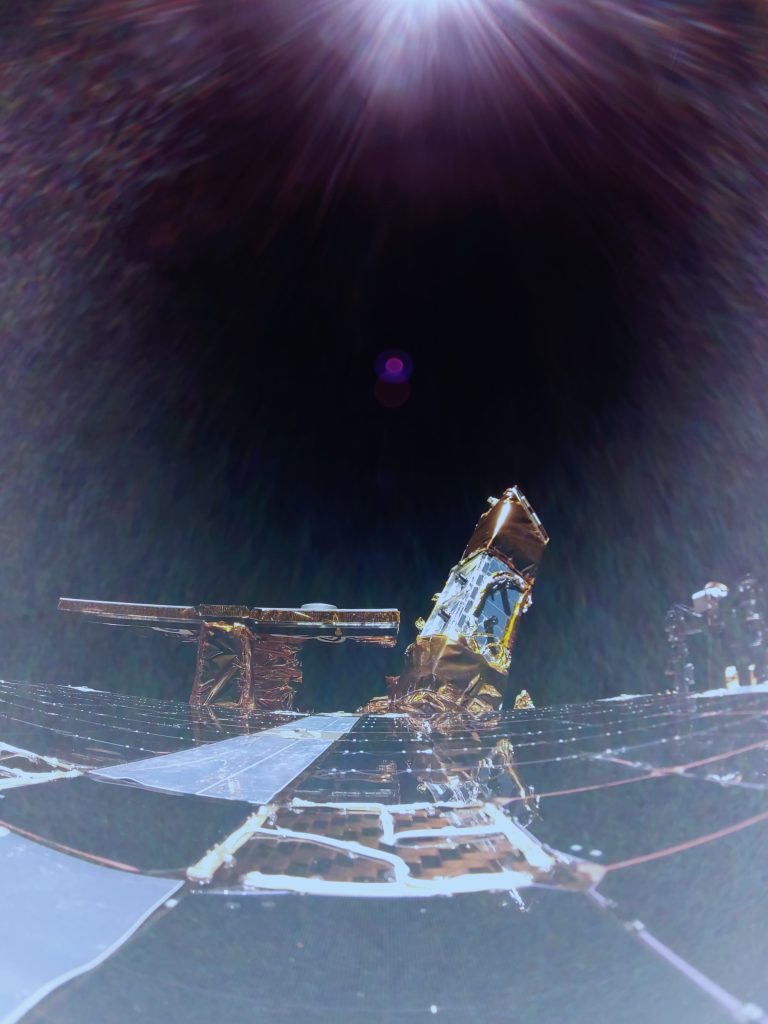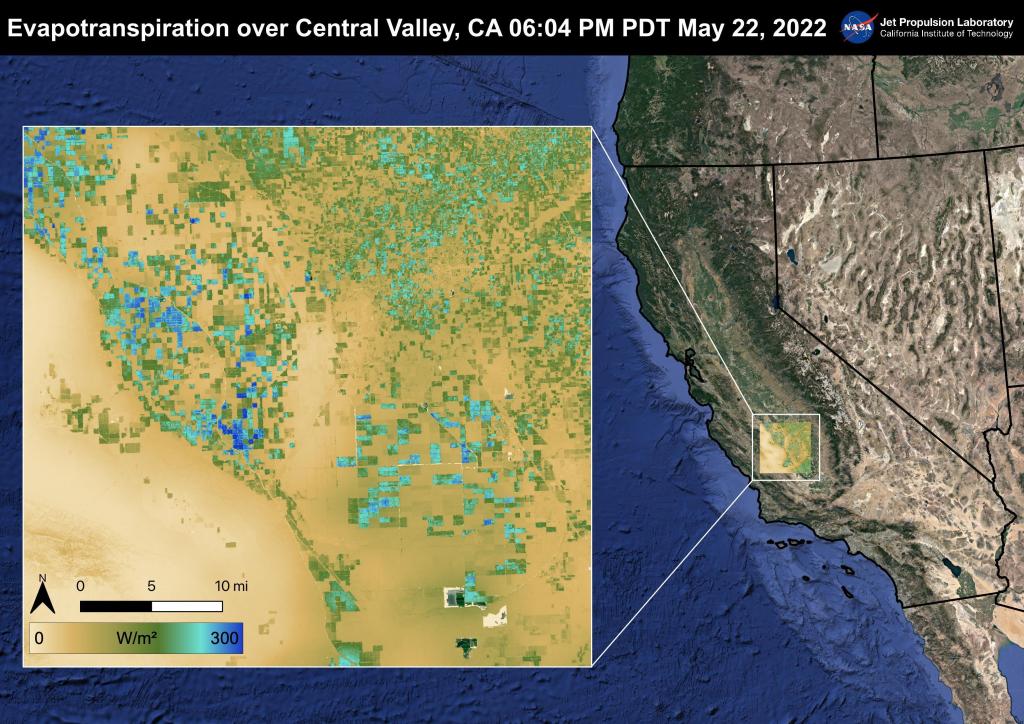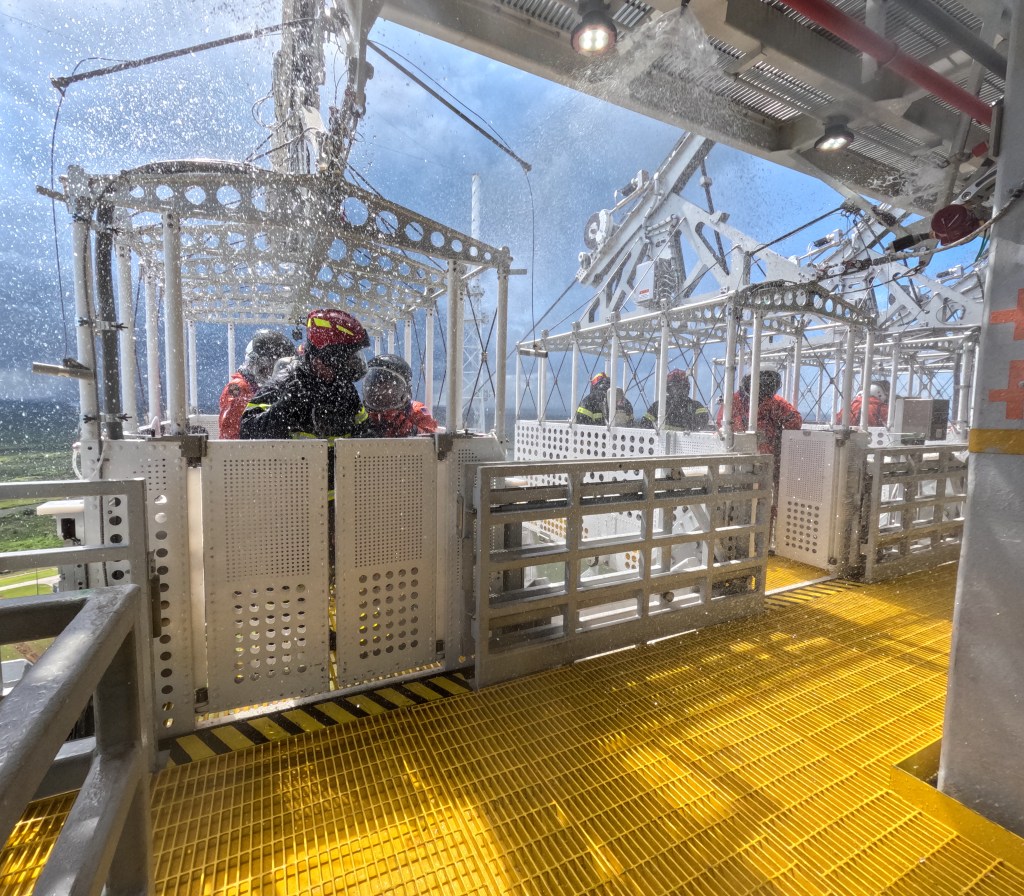Liftoff! NASA Sends Science, Tech to Moon on Firefly, SpaceX Flight
In a groundbreaking achievement that marks a new era in space exploration, NASA has successfully launched a payload of cutting-edge science and technology to the Moon on board the Firefly spacecraft. This historic mission represents a monumental step forward for humanity’s quest to push the boundaries of space travel and harness its untapped potential.

Imagine a world where the Moon becomes a hub for scientific research, technological innovation, and exploration, paving the way for a future where humans live and work among the stars. This vision is now a reality, thanks to NASA’s ambitious Firefly mission, which is poised to revolutionize our understanding of the Moon and unlock its secrets.

Moonbound: NASA’s Ambitious Mission to the Lunar Surface
The Launch and Payload

According to Morningpicker, a SpaceX Falcon 9 rocket carrying Firefly Aerospace’s Blue Ghost Mission One lander has successfully launched from Launch Complex 39A at NASA’s Kennedy Space Center in Florida, marking a significant milestone in NASA’s Commercial Lunar Payload Services (CLPS) initiative. The Blue Ghost lander will carry 10 NASA science and technology instruments to the lunar surface, aiming to further understand the Moon and help prepare for future human missions.
Firefly Aerospace’s Blue Ghost Mission One is a commercial spacecraft that plays a crucial role in NASA’s CLPS initiative. This mission embodies the bold spirit of NASA’s Artemis campaign, driven by scientific exploration and discovery. As NASA Deputy Administrator Pam Melroy stated, “Each flight we’re part of is a vital step in the larger blueprint to establish a responsible, sustained human presence at the Moon, Mars, and beyond.”

10 NASA Payloads on Board
The 10 NASA payloads on board the Blue Ghost Mission One include the Lunar Instrumentation for Subsurface Thermal Exploration with Rapidity (LISTER), Lunar PlanetVac (LPV), and other scientific instruments and technology demonstrations. LISTER will characterize heat flow from the interior of the Moon by measuring the thermal gradient and conductivity of the lunar subsurface, while LPV is designed to collect regolith samples from the lunar surface using a burst of compressed gas to drive the regolith into a sample chamber for collection.
Other payloads include instruments for testing lunar drilling technology, regolith sample collection capabilities, global navigation satellite system abilities, radiation tolerant computing, and lunar dust mitigation methods. These payloads will provide valuable insights into the Moon’s environment and help prepare for future human missions.
Lunar Landing and Beyond
The Blue Ghost lander is targeting a lunar landing on Sunday, March 2. Once on the Moon, NASA will test and demonstrate various technologies, including lunar drilling and regolith sample collection. The data captured during this mission will not only help us better understand the Moon’s environment but also provide insights into space weather and other cosmic forces that impact our home planet.
Scientific Investigations and Technology Demonstrations
Uncovering the Moon’s Secrets
The payload on board the Blue Ghost Mission One will help us better understand the Moon’s environment, including heat flow, regolith samples, and radiation tolerance. By studying the Moon’s subsurface, scientists can gain valuable insights into the Moon’s internal structure and composition. The LISTER instrument, for example, will measure the thermal gradient and conductivity of the lunar subsurface, providing crucial data for understanding the Moon’s thermal evolution.
The LPV instrument, on the other hand, will collect regolith samples from the lunar surface, which will help scientists study the Moon’s geology and composition. By analyzing these samples, researchers can gain a better understanding of the Moon’s formation and evolution, as well as the potential resources available for future human missions.
Preparing for Human Missions
The technologies demonstrated on this mission are crucial for preparing for future human missions to the Moon. By testing lunar drilling technology, regolith sample collection capabilities, and radiation tolerant computing, NASA can ensure the safety and health of future astronauts on the lunar surface. As Nicola Fox, associate administrator for NASA’s Science Mission Directorate, stated, “We learned many lessons during the Apollo Era which informed the technological and science demonstrations aboard Firefly’s Blue Ghost Mission 1 – ensuring the safety and health of our future science instruments, spacecraft, and, most importantly, our astronauts on the lunar surface.”
Benefits for Earth
The data captured during this mission will not only benefit future human missions to the Moon but also provide insights into space weather and other cosmic forces that impact our home planet. By studying the Moon’s environment, scientists can gain a better understanding of the effects of space weather on the Earth’s magnetic field, atmosphere, and climate. This knowledge can help us better prepare for and mitigate the effects of space weather events on our planet.
Artemis Campaign and Beyond
NASA’s Modern Lunar Exploration
NASA’s Artemis campaign aims to establish a sustainable human presence on the Moon and eventually send humans to Mars. The CLPS initiative is a crucial part of this campaign, as it enables NASA to send scientific instruments and technology demonstrations to the lunar surface on commercial spacecraft. As NASA Deputy Administrator Pam Melroy stated, “Each flight we’re part of is a vital step in the larger blueprint to establish a responsible, sustained human presence at the Moon, Mars, and beyond.”
The Artemis campaign will inform and enable human missions to Mars and beyond by providing valuable insights into the challenges and opportunities of space exploration. By testing technologies and demonstrating scientific instruments on the lunar surface, NASA can ensure the safety and success of future human missions to the Moon and beyond.
CLPS and Commercial Partnerships
The CLPS initiative has enabled NASA to partner with private companies like Firefly Aerospace and SpaceX to advance lunar exploration. These partnerships have allowed NASA to send scientific instruments and technology demonstrations to the lunar surface on commercial spacecraft, reducing the cost and increasing the efficiency of space exploration.
As Nicola Fox, associate administrator for NASA’s Science Mission Directorate, stated, “NASA leads the world in space exploration, and American companies are a critical part of bringing humanity back to the Moon.” The success of the Blue Ghost Mission One is a testament to the power of public-private partnerships in advancing space exploration.
The Future of Space Exploration
The Artemis campaign will inform and enable human missions to Mars and beyond by providing valuable insights into the challenges and opportunities of space exploration. By testing technologies and demonstrating scientific instruments on the lunar surface, NASA can ensure the safety and success of future human missions to the Moon and beyond.
The future of space exploration is bright, with NASA and its partners pushing the boundaries of what is possible. As Morningpicker continues to follow the latest developments in space exploration, we will provide updates and insights into the exciting discoveries and advancements being made.
Conclusion
safe
